I am implementing a Schmitt trigger using the circuit shown below. This circuit consists of one LM741 op-amp, which acts as an asymmetrical Schmitt trigger with a single power supply. According to this calculator, choosing a 5 V supply and 1 k-ohm resistors for R1, R2, and RFB should result in a lower threshold of 1.66 V and an upper threshold of 3.33 V.
I first simulated this Schmitt trigger in LTspice with an ideal op-amp (universal op-amp 2). A circuit diagram is shown below.
This resulted in the ideal behavior in which the output saturates to positive or negative rail (ground) when the input falls below the lower threshold or rises above the upper threshold, respectively:
I next replaced the ideal op-amp with an LM741 (what I am using in practice) and re-ran the simulation. I got the LTspice model for the 741 from TI's website. The circuit diagram is shown below:
Upon running the simulation, I find that the op-amp is not able to saturate all the way up to the positive rail or down to the negative rail:
I next built the device on a breadboard and measured the output voltage when input was either grounded (0 V) or tied to the +5 V supply. A figure showing my circuit is shown below. The green wire on the left is tied to ground, the green wire on the right is tied to +5 V, the red wire is the input, and the blue wire is the output.
When I measure the output voltage with an oscilloscope, I find that when the input is grounded, the output is +4.5 V and when the input is tied to +5 V, the output is 2 V.
Questions:
- Where does the non-ideality in the 741 op amp come from? What causes both the second simulation and the real circuit to deviate from the ideal op-amp in the first simulation?
- Is it possible to make the 741 behave more like an ideal op-amp? Or are there other op-amps I could consider using that have similar specifications for output current that behave more like the ideal op-amp (part numbers would be great)?
- Why doesn't the simulated result for the 741 match the experimental result?
Edit: Upon seeing @Felthry's comment, I simulated the same circuit but with an LM358 instead of LM741 using the model found here. My circuit and result are shown below:
